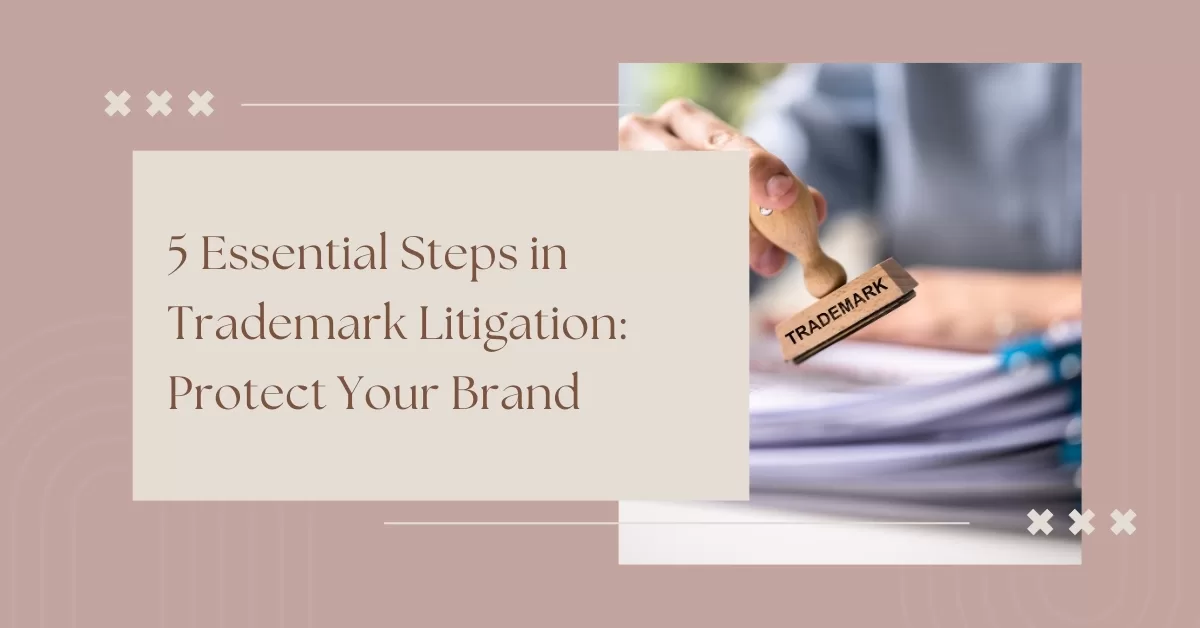Trademark protection and litigation is put in place in order to ensure that consumers don’t confuse the sources of their purchased goods. Trademarks are typically registered with a trademark office, which protects them under the law. In some cases, even unregistered trademarks are protected. Trademark infringement occurs when someone uses a trademark or a similar trademark without being given the rights to the trademark by the owner.
Requirements to Win a Trademark Litigation Case
- The plaintiff must prove that they own the trademark and that the trademark is protected under the law.
- The plaintiff must prove that the defendant is utilizing the trademark in a similar way to the plaintiff’s use.
- Both parties must be using the trademark in such a closely related manner that customers will not know where the product is actually coming from.
- Trademark law varies depending on the geographic region.
Unprotected Trademarks
Just because a trademark is unregistered, that doesn’t necessarily mean that the plaintiff couldn’t win the case. As long as it can be proved that the trademark was used for commerce, it’s still protected. In these cases, the trademark is only protected in the geographic location where it was used prior to the court case, though.
Confusion Between Trademarks
There are many factors that courts will look into to determine if two similar trademarks can be easily confused. This set of criteria was put into place in 1979 by the Ninth Circuit Court of Appeals:
- Similarity of the trademarks themselves
- Similarity of the goods that are involved
- How easily the trademark is recognized by consumers
- Evidence and examples of confusion
- Similarities in marketing the trademarks and goods
- Intent of the defendant to infringe on the trademark
- Proximity of the goods in question
- Possibility of the infringing trademark product lines expanding
Trademark Dilution
For the most part, trademarks are only relevant within a certain location range. However, some huge trademarks are protected throughout the country and even the world. When there can be an argument for trademark dilution, a trademark may be protected across states or countries. Some brands are so well known and powerful that you can infringe on the trademark even if you’re located across the country of if your business is completely unrelated. Big name companies can prove that if another company uses a similar trademark, the value of the original trademark will diminish. For example, brands like Apple can make this argument and win their case in court.
Case Outcomes
-
The best way to remedy trademark infringement is to file an injunction. The injunction will prevent the defendant from using the trademark in the future. This is a legally binding agreement.
-
Sometimes the plaintiff will collect damages, including any profits they may have lost as a result of the infringement.
-
If the court finds that the infringement was willful and intentional, the defendant may be required to pay for the plaintiff’s legal fees as well.
-
Lastly, courts will sometimes order that any goods or pieces of marketing materials which utilize the trademark be destroyed.
Contact your Patent Attorney to learn more.


